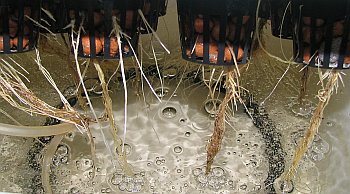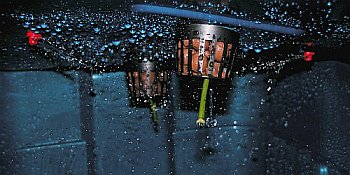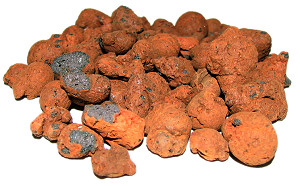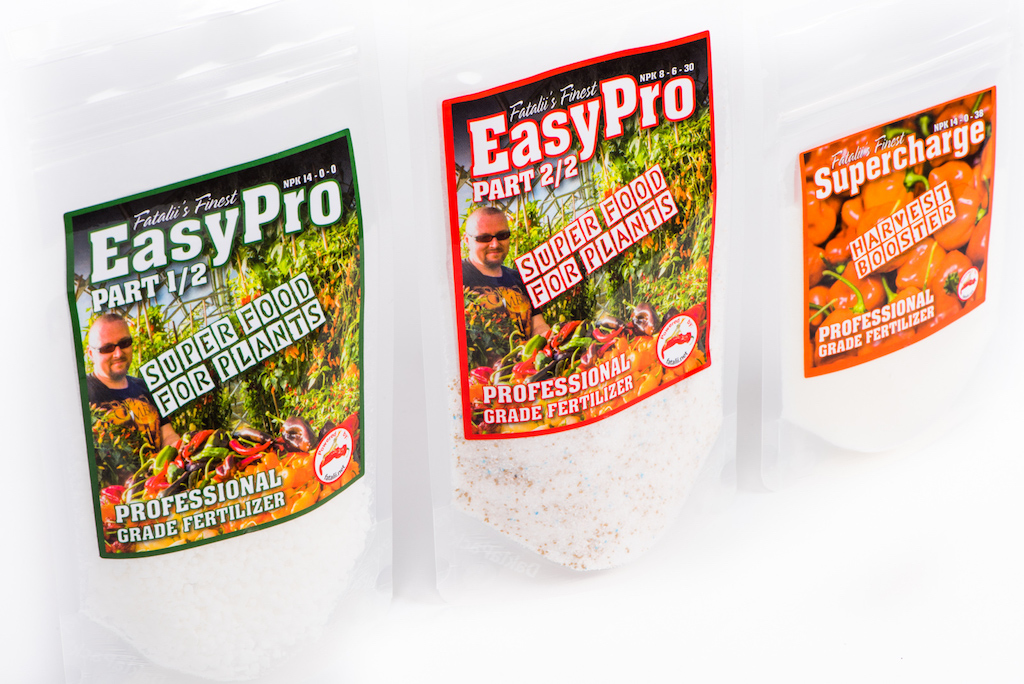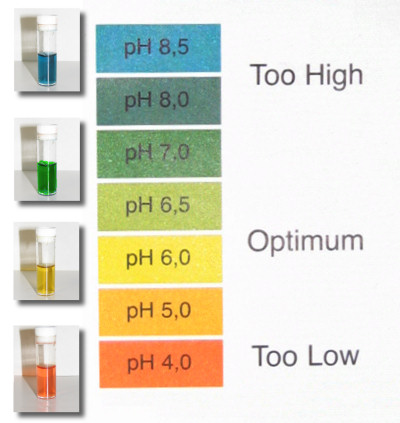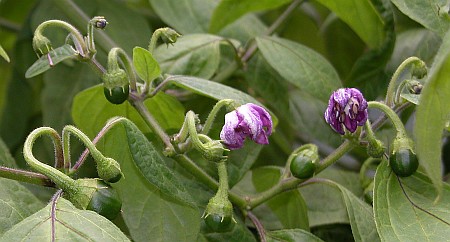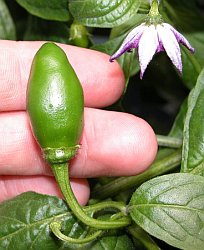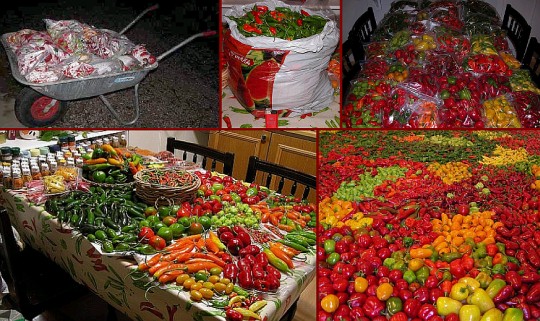Fatalii’s Hydroponic Growing Guide
The fastest, easiest and most producive way of growing chiles!
It also gives you the best tasting results.
The growing method highly recommended by Fatalii
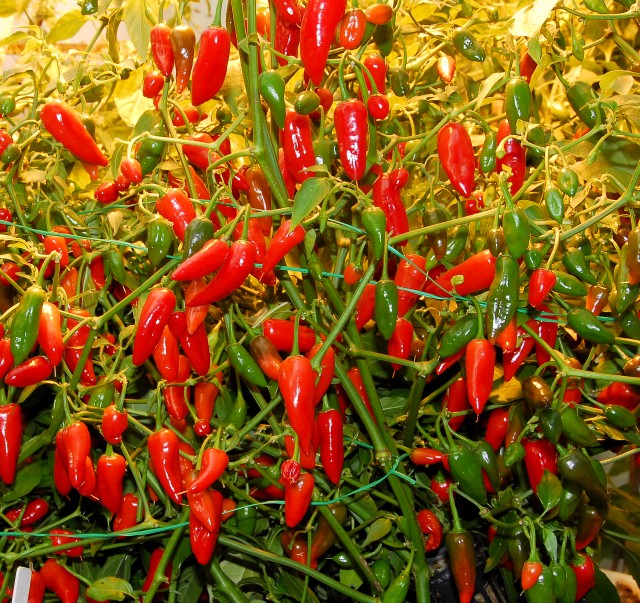
Dutch-Habanero growing on hydroponic system!
Hydroponic advantages:
– significantly faster growth-rate, thus the growing is much cheaper
– possible to achieve MUCH higher yields in a smaller space
– no repotting after repotting! (and not nearly as messy as with soil)
– total control of the growth and taste by adjusting the nutrient ratios
– no over-watering problem (the most common cause of problems with soil-based growing)
– experimenting is easy and most often harmless to plants
– more pest-free as there is no soil for them to hide in
– easier to wash-off pests and dirt
– teaches you to understand the nutrient needs of the chiles and other plants more efficiently
– possible to grow varieties which would be impossible to grow in time in cold climates!
|
|
Hydroponic system with air pump. Works well for small seedlings. |
|
|
Aeroponic system with sprinklers. |
Short introduction to hydroponic growing mediums & pots.
People often ask: “How can they grow in such a small pots?”.
The idea of the pots and growing mediums used with hydroponics is to keep the plants steady, plant roots aren’t restricted to those small pots that help to keep the plants up, instead, the roots are growing in a containers separately or with the nutrient solution, depending on the hydroponic system you’re using.
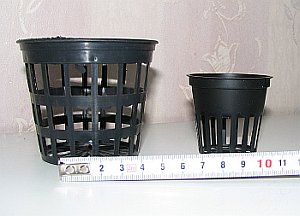
Large and small hydroponic pots.
Most common growing mediums:
Rockwool cubes
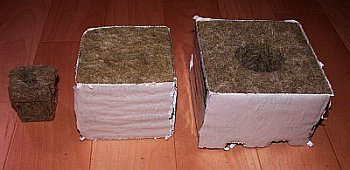
Small, medium and large rockwool cube.
I use rockwool mostly for germinating and growing small seedlings, the smallest cube can be inserted inside the big cube, this is very handy way of transferring the plants into bigger hydroponic systems!
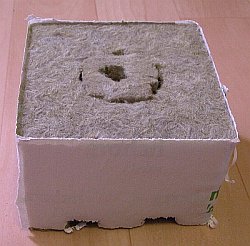
Small rockwool cube inside the large cube.
Depending on your hydroponic system, rockwool cubes can be used as the only growing medium all season long.
Expanded clay
Expanded clay is a great choice to be used as a hydroponic growing medium because after washing it properly, it can be used over and over again!
A good choice for many hydroponic systems.
Make sure you wash the clay properly before the first use.
Nutrients
Step one: selecting the varieties to grow.
Here a large collection of varieties suitable for hydroponic growing too:
https://fataliiseeds.net
If you’ve grown chiles before, it’s recommended to choose varieties you really like.
I use smaller bags of soil to learn about new varieties, the ones I like the most will be grown hydroponically next time.
One good idea could be using a “sea of green” -method to grow several
different varieties in hydroponic system with many plants too see which ones you like.
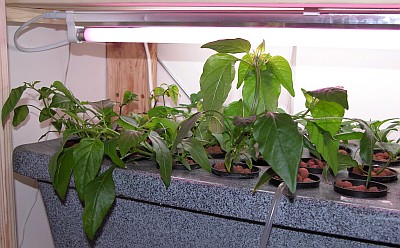
Different varieties in a growing in hydroponic system.
Or, it might be wise to ask other chile-heads opinions which varieties they think are worth growing in hydroponic systems!
In other words, hydroponic systems are too good to be wasted for varieties that you don’t like too much.
Start early!
Due to the fast growing rate achieved with hydroponic growing, it’s possible to start the season much later with hydroponics than with traditional growing methods, but still, it’s always better to start early.
It’s also possible to grow long season plants much faster, which is a very good thing if you live in a place with a short growing season like I do.
Step two: Germinating!
Here’s an article that covers all about germinating with the method that has worked for nearly two thousand of different varieties and several thousands of seedlings!
Even the most difficult ones have germinated well with this method:
https://fatalii.net/germinating
Step three: Growing seedlings
Now, it’s time to apply the solution (you can do it in the germinating box too if you like, with a solution that is diluted very much).
Read the instructions from the nutrient bottles of your choice.
I’ve learned that different chile varieties like it when the solution is quite mild, just read the instructions and dilute the solution even more than is recommended by the manufacturer.
When using artificial light, you should experiment with milder solutions first and that way you can learn which solution is the best for the varieties you are growing in the circumstances you’ve provided for them.
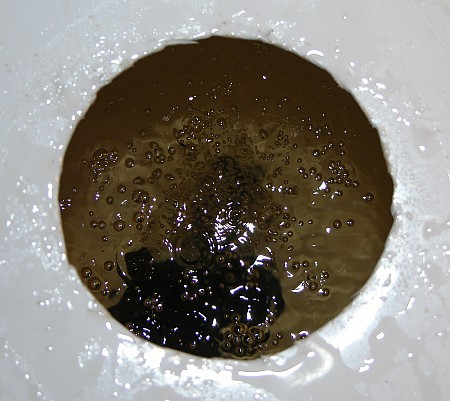
Mixed solution in hydroponic system.
After mixing the solution, you should check the pH.
Chiles seem to grow best when the pH level is around 6.
The cheapest method to measure the pH is to use a liquid based testing system,
available at aquarium stores.
It’s also very important to test your plain water only, that gives you a good
hint how acidic your water is.
Checking is very easy, just follow the instructions of your testing equipment.
If your water has too high or low pH-level, you should use pH adjusting liquid or powder to adjust it.
Or if your water has too high pH, you can use it to raise the pH of your solution, for example if you accidentally lower it too much.
After measuring and correcting the solution with pH-adjusting liquid you should let the solution mix well overnight and check it next day and correct the pH if it’s still wrong.
This all may seem to be quite confusing at first, but after adjusting
the pH few times you’ll be able to do it very quickly and you don’t have to do many re-checks.
After experimenting with it a while, you’ll learn to see if the pH level is correct by just looking at your plants.
They look very healthy and grow quickly if the pH-level is correct:
they’re able to use all nutrients and trace elements more effectively,
of course this needs lot of light and proper air circulation too!
If the pH-level is incorrect, the plant starts to look bad and grows
slowly, the good thing is, that it usually starts to recover very
quickly when the pH-level is corrected again.
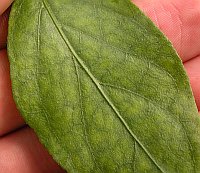
Dutch-Habanero with a wrong pH-value.
Same thing goes with the bad solution (bad ratio or too strong or mild solution).
In hydroponic systems correcting problems like this is very easy, unlike in soil, just change the solution and re-check pH and we’re done!
The solution should be changed every 10-14 days, I use a 2-week cycle
which seems to work just fine. Just make sure there’s enough solution
until it’s time to change it all.
In other words, after two weeks, empty the reservoir completely and mix the nutrients.
If the solution rans out, just apply water and adjust the pH of the solution if needed.
When the plant’s have grown bigger, you can try solutions with more or nutrients in them.
At each next solution change you can decide if it was a good or bad idea to increase the amount of nutrients.
Usually, beginners like to thing “more is better”. which leads to over-fertilizing which will either slow down the growth or give poor yields.
Remember, the nutrient-usage (and ratio) varies enormously depending on the variety & circumstances you’re growing in, so it’s impossible to tell the exact (or even estimated nutrient amounts.)
Experiment and learn, it’s easier than you might think at first.
At the early growing stage, you can use much more nitrogen to boost the growth.
With hydroponics, over-fertilizing isn’t a problem as you can change the solution whenever you want!
Even so, too strong solution will not mean that the plants will grow more efficiently!
Over-fertilized plants get stunted very easily, or in worst case, they will die, so be reasonable when experimenting with different nutrient ratios.
At first it’s a good idea to experiment with more diluted nutrient solutions to learn the difference.
In other words, read the manufacturers recommendations from the nutrient bottles, and dilute the solution even more.
Some varieties might grow faster with stronger solutions, like C. baccatum group in common.

C. praetermissum on EBB & flood….
The same plants 4 weeks later
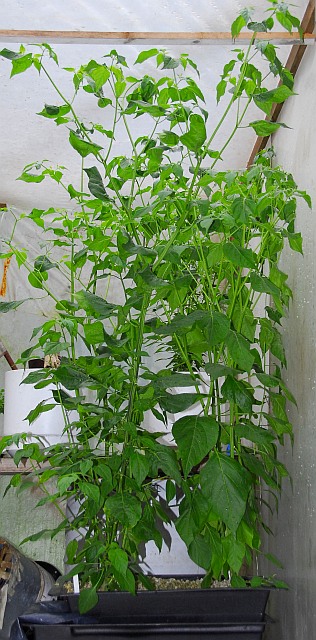
At this point it’s good to use cool spectral color fluorescent tubes (or fluorescent bulbs).
It’s possible to use only sunlight when there’s plenty available, in some places however, extra light is needed for proper growth.
When moving the plants closer to fluorescent tubes or bulbs, I add a fan to cool the tubes off and strenghten the young seedlings.
A fan also helps moving the air, which is very important when growing
indoors where the air won’t usually circulate effectively, unless you have a very effective air-conditioning, but I’d still use the fan too.
Fan makes the bigger plants stronger too, so they won’t break too easily and they can bear much more pods!
Very important especially for indoor growers!
Highly recommended for greenhouse-growing too.
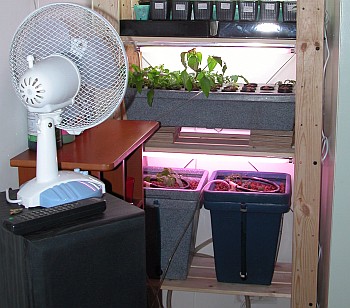
If you’re growing plants temporarily on multi-plant hydro system, replant the seedlings when they’re big enough to be moved outdoors, onto the balcony or into the greenhouse.
You can replant them in soil, to their final pots, or preferably, transplant them into bigger hydroponic systems, like EBB & flood.
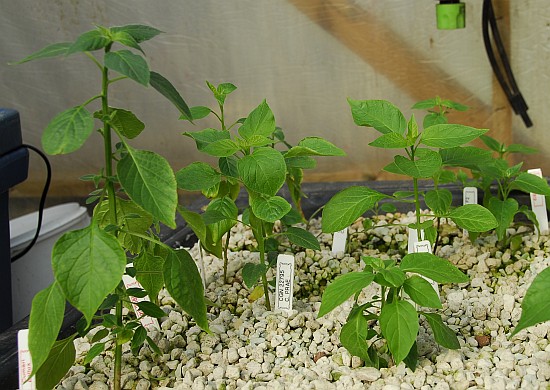
Seedlings growing on EBB & flood hydroponic system.
If you’re using just rockwool cubes and germinating box for growing the early seedlings, and you need larger rocwool cubes depending on your growing system, insert the small rockwool cubes inside the large rockwool cube and plant it as shown below.
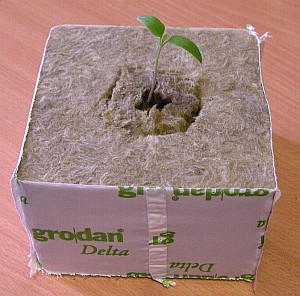
Small rockwool cube inside the large cube.
If you’re a serious chile-head, you might have a bigger system.
where you can grow plants from beginning to end and achieve maximum yields!
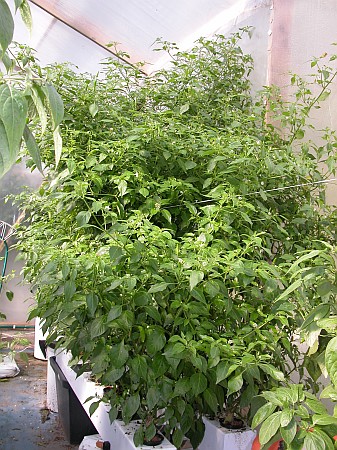
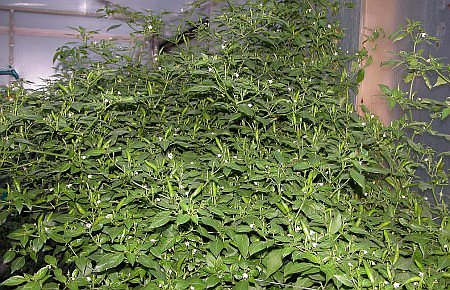
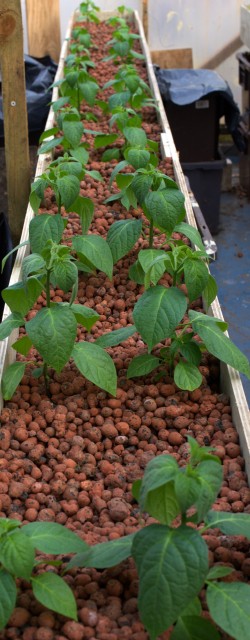
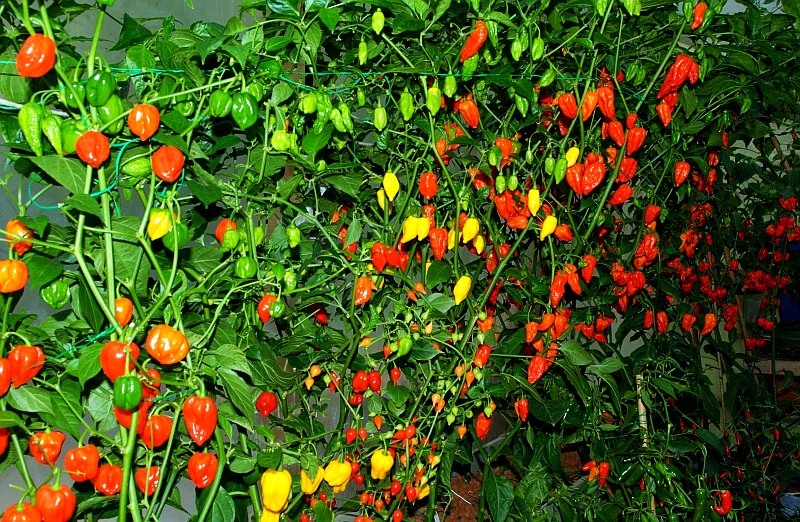
Hottest chiles in the world growing on EBB & flood system.
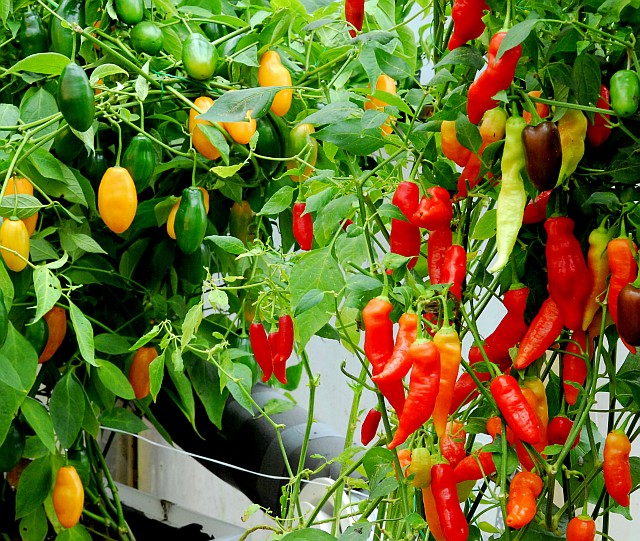
Different varieties growing on EBBs
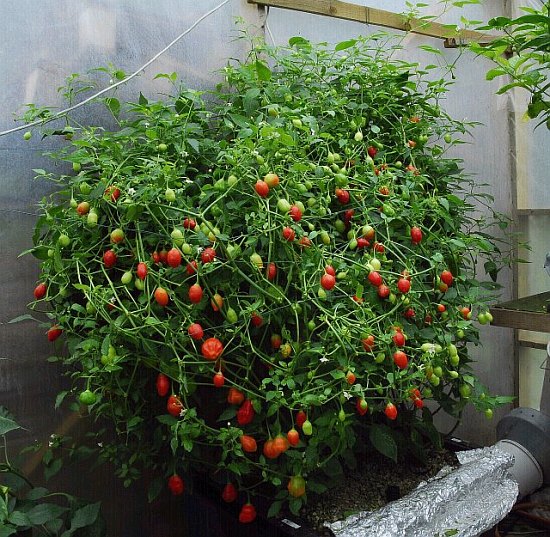
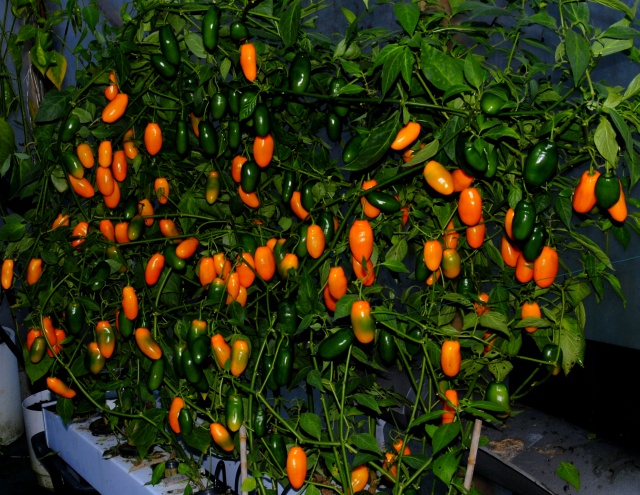
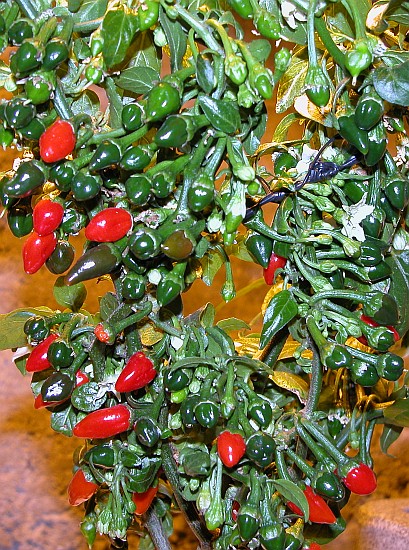
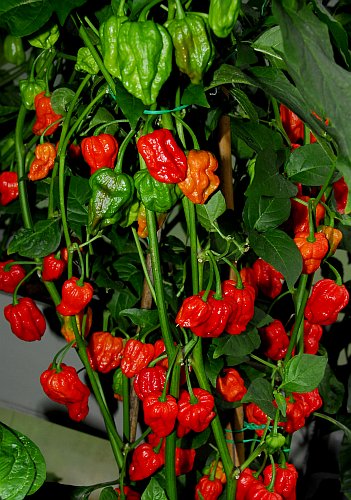
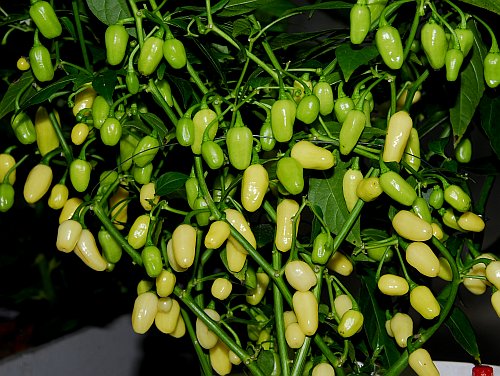
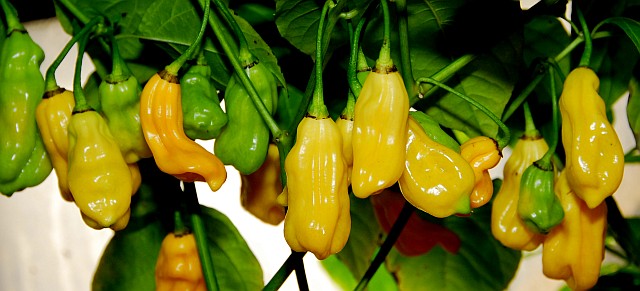

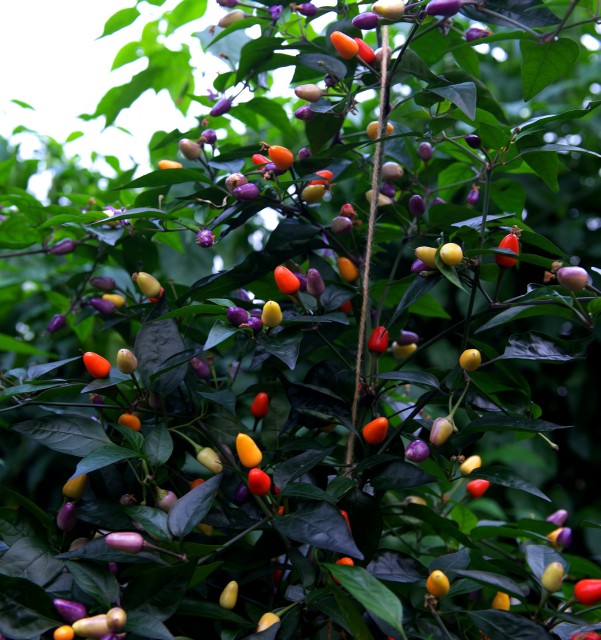
Step four: Hardening-off the plants
When the main part of the growing will be done outdoors or in a greenhouse, it’s often necessary to harden-off the seedlings to withstand the strong sun and extreme weather conditions once outside.
The best time to start hardening-off is during cloudy weather.
At first, it’s a good idea to keep the plants out just for short periods of time, and away from the direct sunlight.
Leave the plants out for for a little longer each day.
And after that repeat the same thing with direct sunlight.
Also with hydroponics, I have had a great success using lace-cloths with the hardening-off process.
There are big differences between different varieties with hardening-off so it’s impossible to tell how long it’ll take, but usually it varies somewhere between 2-6 weeks.
Same thing with amounts of lace-cloth, for some varieties, one layer is enough, and some fragile ones like 3 layers depending upon the material of the lace-cloth used.
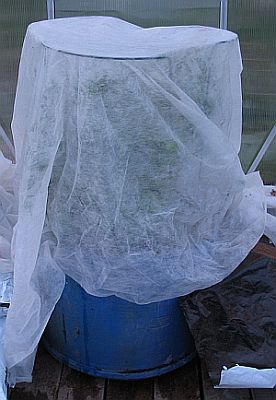
It’s good to decrease the amount of layers after the plants get over the first shock.
When the timing is right with the lace-cloths, the plants won’t be shocked
at all by the strong sunshine.
That’s why using lace-cloth during hardening-off is something that I really recommend.
For some varieties, it’s good to leave one layer of lace-cloth for a long time, sometimes for the whole season -> they will still get enough light, it’s just shaded partially and that’s the way some varieties like it the most, for example many varieties from the C. chinense -species.
When hardened-off properly, the hydroponic plants will respond with an incredible growth rate!
With faster growing varieties you won’t believe your eyes when the season progresses!
Step four: Flowering
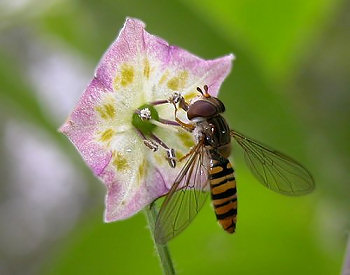
If you’re growing indoors or want to provide longer days in the greenhouse, use a warm spectral color lamp like fluorescent bulbs or tubes with yellow, red or purple color, or a high pressure sodium vapor lamp (600 watt HPS gives you the best efficiency, if you’re using just one or two lamps).
An especially good choice when the season is running short in autumn. HPS also works well as a transitional stage before the outdoor hardening-off stage, it helps in shortening the time taken by the plants to adjust.
Flowering stage requires much more light compared to vegetative stage.
If you have very sunny windowsill, it might work just fine.
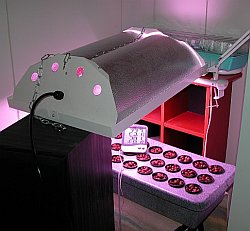 |
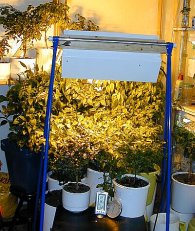 |
| Fluorescent purple 125w | High pressure sodium vapor 600w |
With hydroponic growing, you can adjust the nutrient ratio in such a way to make the plants drop off the early flowers by themselves.
Some flowers might still stay on the plant, just pinch them off until the plant gets big enough to produce satisfying yield.
This is recommended method especially when grown indoors.
That way, the plant will maintain the growing stage and will grow much faster until the picking of the flowers is stopped.
Remember: the growth will still continue even when the plant is flowering, even if the growth is not as effective as before.
When the plant looks big enough to start producing, make sure the plant has lot of light available.
At flowering and early fruiting stage, the intensity of the light is much more important than in the growing stage.
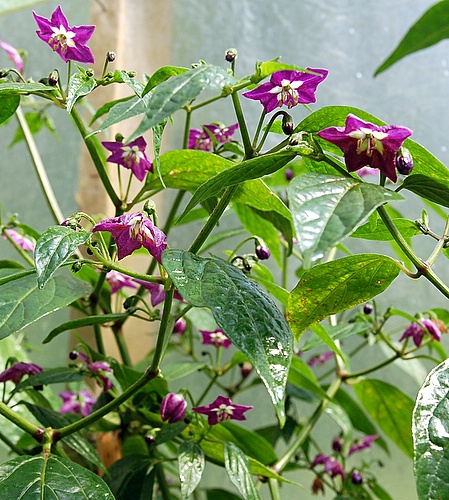
Locato (C. pubescens) flowering after TopMax dose.
Step five: Producing yield!
Soon after flowering, tiny pods can be seen forming after the corollas of the flowers wilt and drop off.
It’s normal that some of the flowers drop off with the pedicels, but if the flower drop continues, without pods forming, there are several possibe causes:
- light conditions are poor, flowering requires PLENTY of light, provide more light if possible
- solution has too much nitrogen in it, Try changing the solution or adding some water.
- too high or low temperature causes flower drop, especially night temperatures are crucial, correct the temperature problem if possible. Acceptable temperature range is around 10 (night) – 30 (day) degrees celcius.
When the maximum amount of yield is maturing on the plant, the flowering ends, or it will be very subtle.

C04896 (C. pubescens) growing on hydroponic system.
Things that have an effect to fruitset with hydroponics are:
- amount of light
- the space for roots, generally speaking, you won’t need nearly as much space for roots with hydroponics as with soil-based growing.
- watering
- temperature
- nutrient solution ratios
- pollinating (bees, or by human by shaking the plants)
- strenght of the plant (use fan if growing indoors / greenhouse)

Grif 9345 (C. pubescens) growing on Hydroponic system.
When the pods are almost mature (maximum size), you should start decreasing the nitrogen from the solution.
When the maturing is very close, you should remove the solution and use only water, this makes the pods taste much better.
Step six: Harvesting!!
For harvesting, I’ve used a method called “staggered harvesting” which means that the pods are being harvested constantly to keep the plant setting pods all the time.
This is ideal if you want to have fresh pods available as regularly as possible, it’s not as ideal if you want to have beautiful plants with lots of pods on them once.
With staggered harvesting it’s definitely possible to achieve much more yield from each plant compared to normal producing & harvesting.
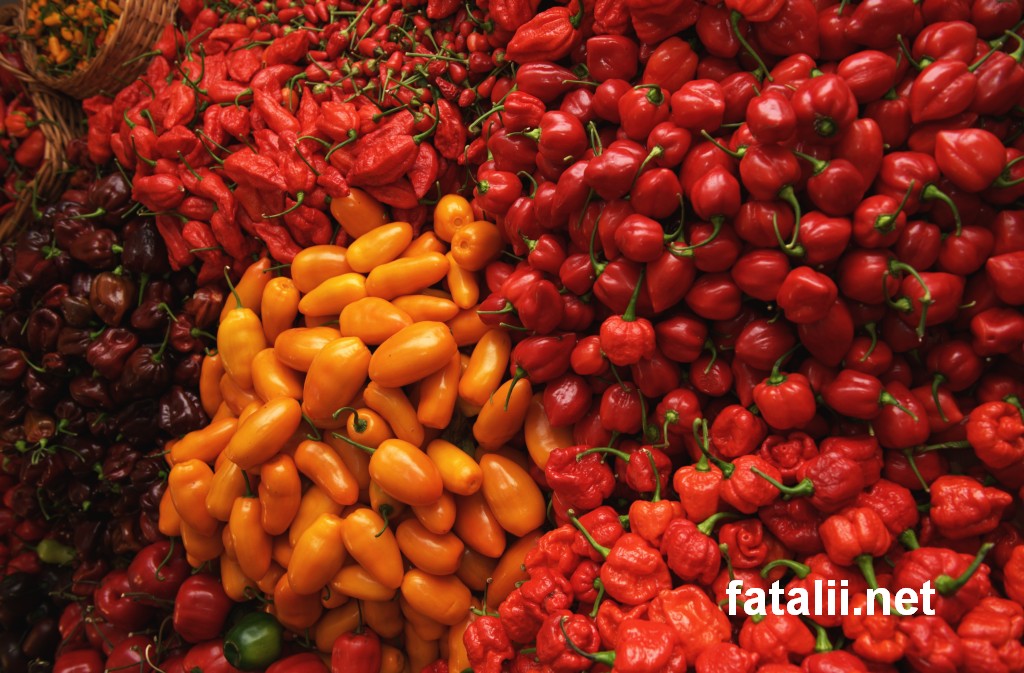
Hydro harvest.
So how does it work?
Just keep picking the largest pods from the plant, preferably largest immature pods to keep the plant flowering heavily.
Some varieties become stimulated and start producing pods even more rapidly!
When chiles are treated well, they will reward a long season’s toil very generously.
That really makes the whole madness worth all the work!
Don’t just grow the plants, let the plants grow you!
Article on Urban Garden magazine how to build your own EBB & flood hydro system:
https://www.fatalii.net/urban/u1-2.jpg
https://www.fatalii.net/urban/u3-4.jpg
https://www.fatalii.net/urban/u5-6.jpg
The best quality selection of the most prolific and rarest seeds available here:
https://fataliiseeds.net
Brought you by a professional chile pepper grower / breeder!

